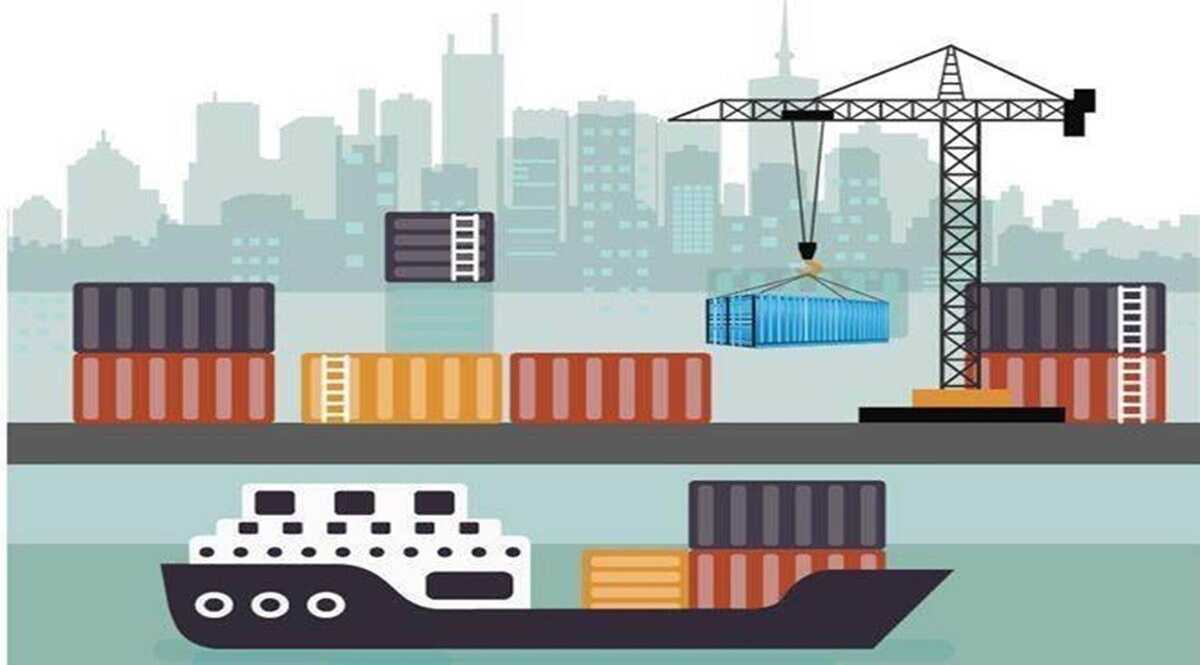Budget for 2022-23: Centre mulls sops to set up shipping lines

Shipping costs of Indian exporters to most destinations have more than doubled in the past one-and-a-half years in the wake of the Covid outbreak, mirroring a global trend.
Given the government’s target to raise merchandise exports to $1 trillion by FY28, this shipping bill of exporters is only going to surge.
As exporters grapple with a global container shortage and exorbitant freight costs, the government is exploring a proposal to extend tax and other incentives to draw large players to set up shipping lines in India, official sources told FE.
The incentives may be announced as early as in the upcoming Budget for 2022-23, subject to the finance ministry’s concurrence. The ministries of commerce and shipping are learnt to be deliberating on various options; some officials are studying the attractive Ireland model of taxation for shipping firms. Once a proposal is ready, the approval of the finance ministry will be sought.
Shipping costs of Indian exporters to most destinations have more than doubled in the past one-and-a-half years in the wake of the Covid outbreak, mirroring a global trend.
Given that state-run Shipping Corporation of India (SCI) caters for less than 5% of the roughly $100-billion domestic market, it’s not in a position to ensure orderly evolution of the shipping cost curve. As such, the government has now put the SCI on the block for sale.
Another source said the government could extend the validity of the Transport and Marketing Assistance (TMA) scheme, meant primarily for farm exporters, beyond March 2022. Under this scheme, which was reintroduced this fiscal with larger coverage and greater support, the Centre reimburses exporters a certain portion of freight charges. Rates of the assistance have been raised by 50% for exports by sea and 100% for those by air.
Apart from emerging risks from the new Covid strain, elevated shipping costs and non-availability of adequate containers remain the biggest challenge facing Indian exporters, as they seek to take advantage of a resurgence of industrial demand in advanced economies in recent months.
Many global shipping firms are registered in Ireland, as it adopts a liberal tax regime for them. For instance, shipping firms based out of Ireland pay tax based on the tonnage of the fleet as opposed to tax on profits recorded by the business. This, combined with the low, general corporation tax rate of about 12.5%, typically keeps their tax liability lower than in many other countries. Similarly, no capital gains tax is slapped there on the disposal of a ship.
“Incentivising the setting up of shipping lines in India and even the manufacturing of containers would be a key step towards self-reliance in this area. China has invested hugely in container manufacturing and is now reaping the benefits, although it, too, faces elevated costs,” a senior government official told FE.
Ensuring reasonable shipping costs remains crucial to realising India’s lofty merchandise export target of $1 trillion by FY28. Exorbitant shipping costs hurt mainly small and medium exporters. The country shipped out goods worth $291 billion in FY21 after the pandemic hit supply chains. In the current fiscal, it is on course to meet the ambitious target of $400 billion, as demand for merchandise from key markets remains strong.
To be sure, shipping costs have gone through the roof across the globe and India isn’t an outlier. In fact, the costs in China have surged at a much faster pace than in India, analysts have said. Chinese suppliers are luring large ships with higher freight charges, according to sources. However, given Beijing’s massive covert subsidies, the competitiveness of its exporters remains intact. So, the Indian government, too, must find ways to cushion the blow to them, domestic exporters say.
In its submission before finance minister Nirmala Sitharaman in December, the Federation of Indian Export Organisations (FIEO) said exporters remitted around $65 billion for transportation in 2020, which will likely cross $100 billion in 2021, given the surge. Since the SCI is being disinvested, the government needs to encourage large entities to build an Indian shipping line of global repute, the FIEO submitted.
Given the government’s target to raise merchandise exports to $1 trillion by FY28, this shipping bill of exporters is only going to surge. So, even if such a shipping line captures 20-25% of the domestic market, the country will save a lot of foreign exchange, the exporters’ body has argued.
Written By Banikinkar Pattanayak
